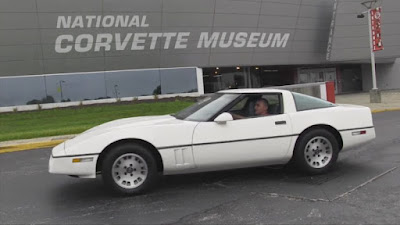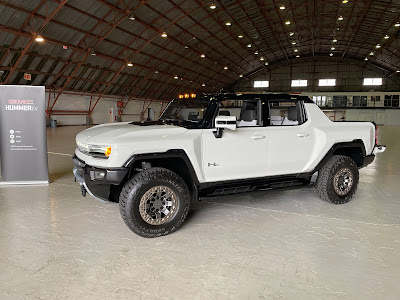A Rolling Vision of the Future
Few vehicles capture the imagination quite like the General Motors Futurliner. Towering, futuristic, and unmistakably bold, the Futurliner wasn’t just a mode of transportation—it was a rolling stage for America’s dreams of tomorrow. Built for GM’s “Parade of Progress,” this massive machine symbolized innovation, optimism, and the spirit of forward-thinking design that defined pre-and post-war America.
A Brief History Of The GM Futurliner
The Futurliner was first introduced in 1939 for General Motors’ traveling exhibition, the Parade of Progress. The event was essentially a mobile world’s fair that brought cutting-edge science and technology displays to towns across the country. GM built twelve Futurliners in total, each one measuring about 33 feet long, 8 feet wide, and standing nearly 12 feet tall.
They were used from the late 1930s through the mid-1950s, with updates made in 1953 to keep their styling in line with GM’s design language of the era. Today, only a handful survive, and fully restored examples are considered some of the most prized vehicles in the world of automotive history.
Take A Look Inside the Futurliner
The interior of the Futurliner was unlike anything the public had ever seen in the 1940s and ’50s. Instead of simple passenger seating, each unit was built as a mobile exhibition space. The driver sat high up in a cockpit-like cab, while the rest of the body was devoted to large display areas that would open up once the vehicle reached its destination.
Exhibits and Displays
Each Futurliner was assigned a specific theme and outfitted with custom displays to showcase GM’s vision of the future. Some examples included:
-
Jet Engines and Aircraft Technology – Showcasing aviation advancements and jet propulsion.
-
Household of the Future – Exhibiting futuristic appliances and conveniences that would someday be common.
-
Science and Industry – Highlighting cutting-edge scientific research and industrial design.
-
Power of the Atom – Introducing nuclear energy to a curious public.
The interiors often featured dramatic lighting, models, interactive demonstrations, and art deco-inspired design touches, reinforcing GM’s message that science and progress were not just functional but beautiful.
The 1939 GM Futurliner Drivetrain
Underneath its futuristic shell, the Futurliner was powered by a heavy-duty Detroit Diesel four-cylinder GMC diesel engine, later upgraded in some units to a 302-cubic-inch GMC inline-six gasoline engine. These powerplants were built for torque and reliability rather than speed, ensuring the massive 30,000-pound vehicles could haul themselves across the country. Power was delivered through a four-speed manual transmission with a two-speed splitter, giving the driver plenty of gear choices to handle the heavy load.
Wheels and Tires
One of the Futurliner’s most striking visual features is its oversized wheels and tires. Each vehicle rode on dual rear wheels and massive 10.00x20-inch truck tires, wrapped around full-disc wheel covers that enhanced the futuristic look. Combined with its wide stance and tall profile, these wheels gave the Futurliner a commanding presence whether parked at a fairground or rolling down the highway.
Did You Know?
-
Only nine of the original twelve Futurliners are known to still exist, with varying degrees of restoration.
-
A fully restored Futurliner once sold at Barrett-Jackson for over $4 million, setting a record for vintage GM vehicles.
-
The driver’s seat was positioned in the very center of the cab, giving it a cockpit-like view similar to that of a bus or even an aircraft.
-
Each Futurliner had hydraulically operated side panels that folded open to reveal the displays inside, almost like giant wings unfolding.
-
The design was overseen by Harley J Earl, GM’s legendary head of styling, who also influenced icons like the Corvette and Cadillac tailfins.
As We Still Keep Dreaming
The General Motors 1939 Futurliner is more than just a truck—it’s a time capsule of American innovation and optimism. Its unique blend of futuristic design, educational exhibits, and sheer presence made it a rolling icon of the mid-20th century. Today, the Futurliner remains one of the most fascinating and celebrated vehicles ever created, a symbol of how the past once dreamed of the future, AND We Still Keep Dreaming!




































